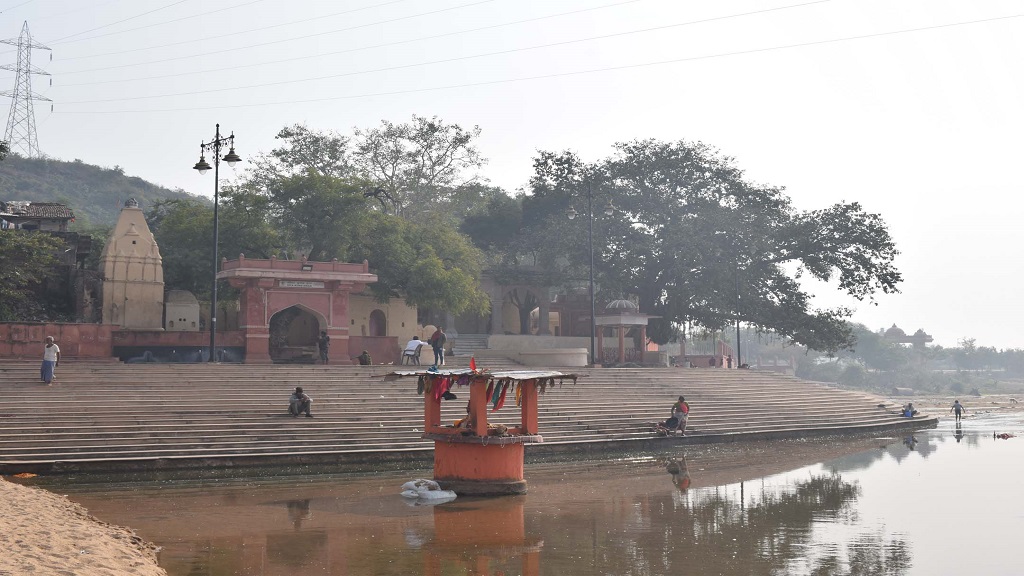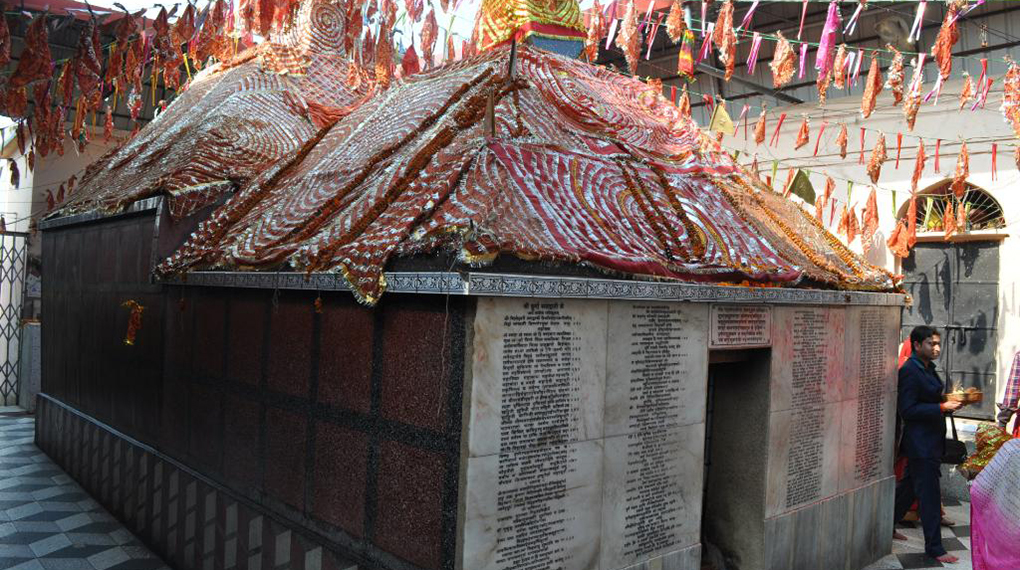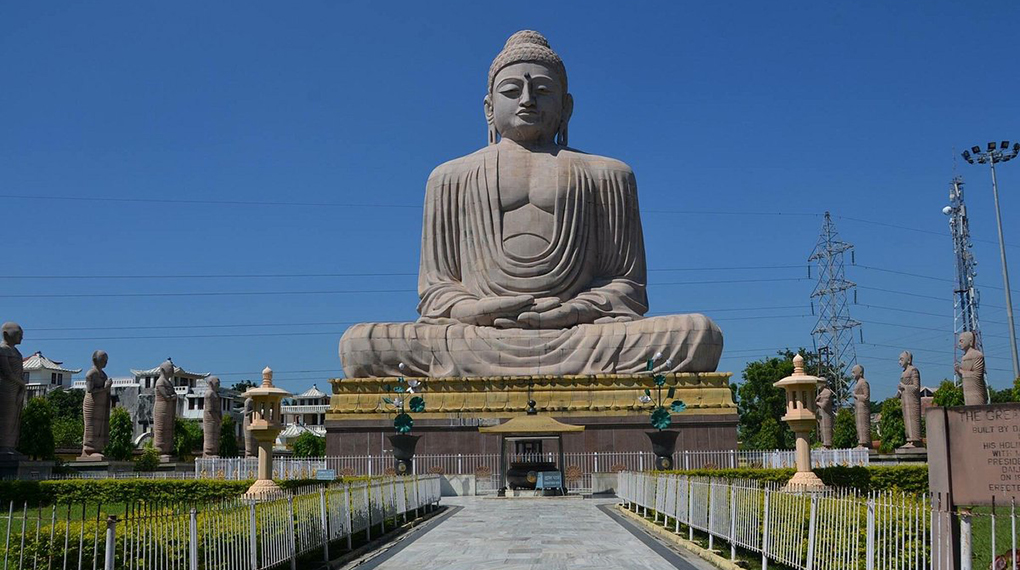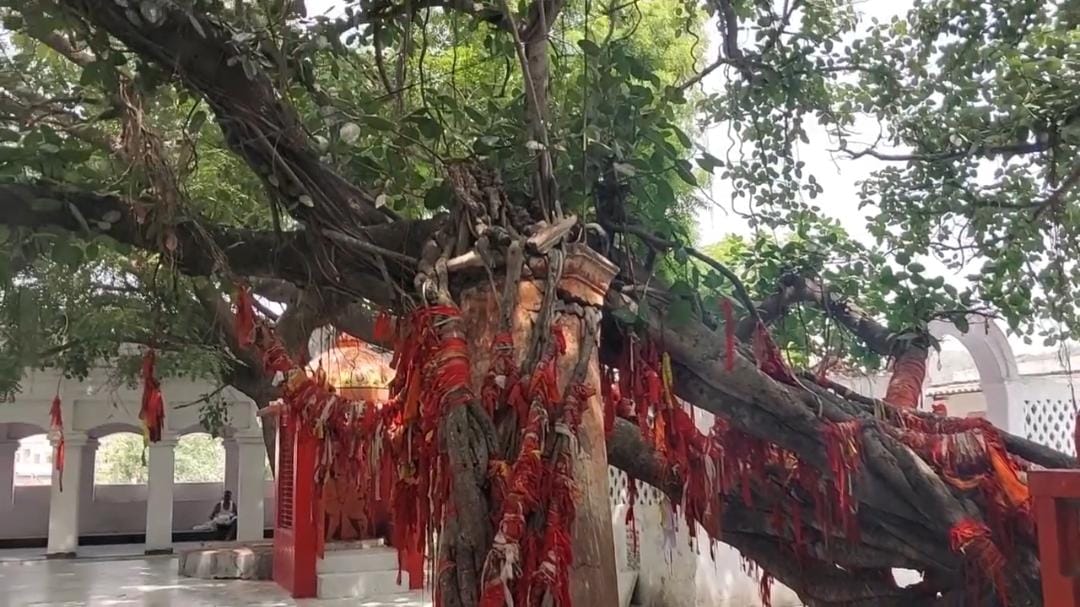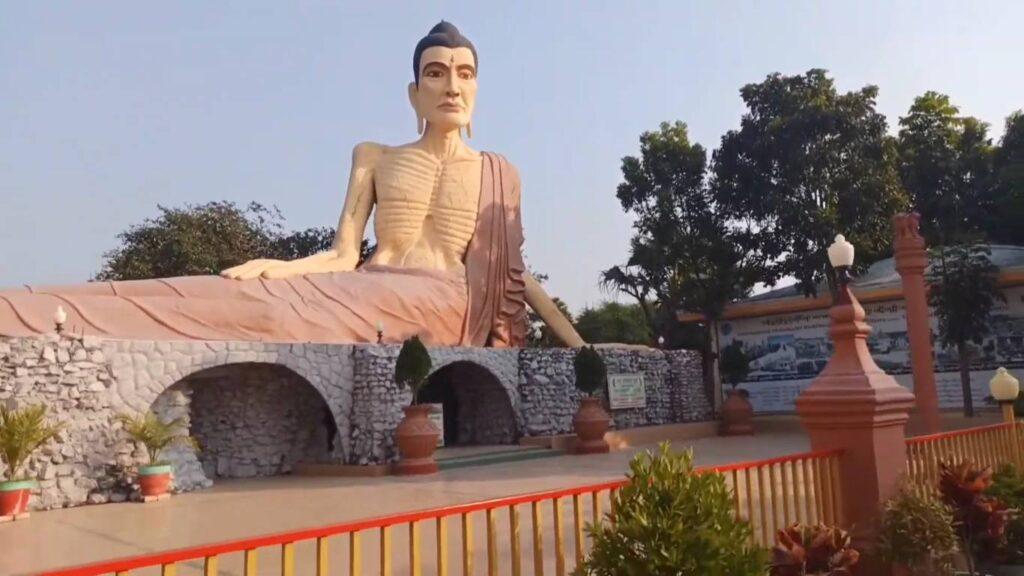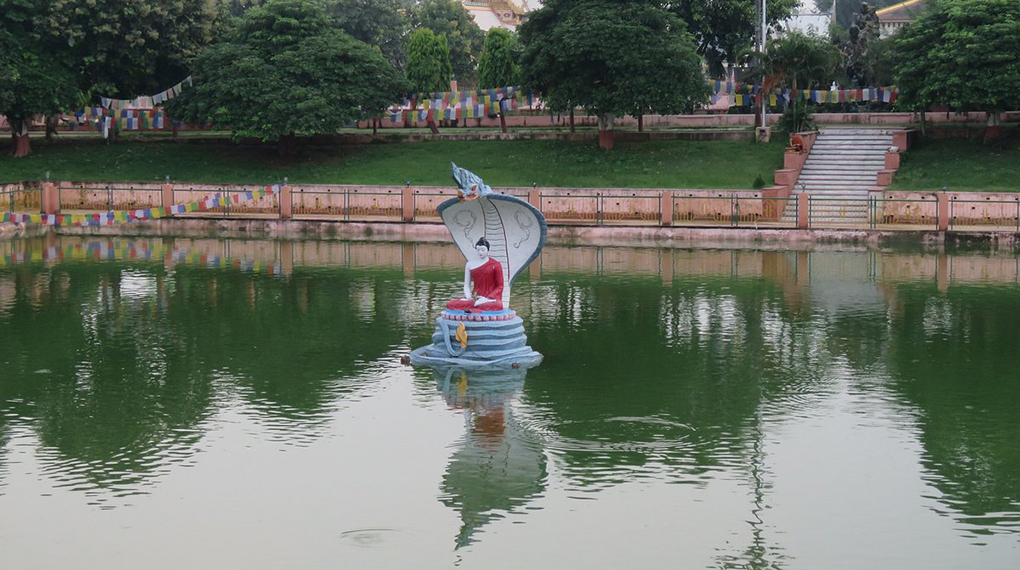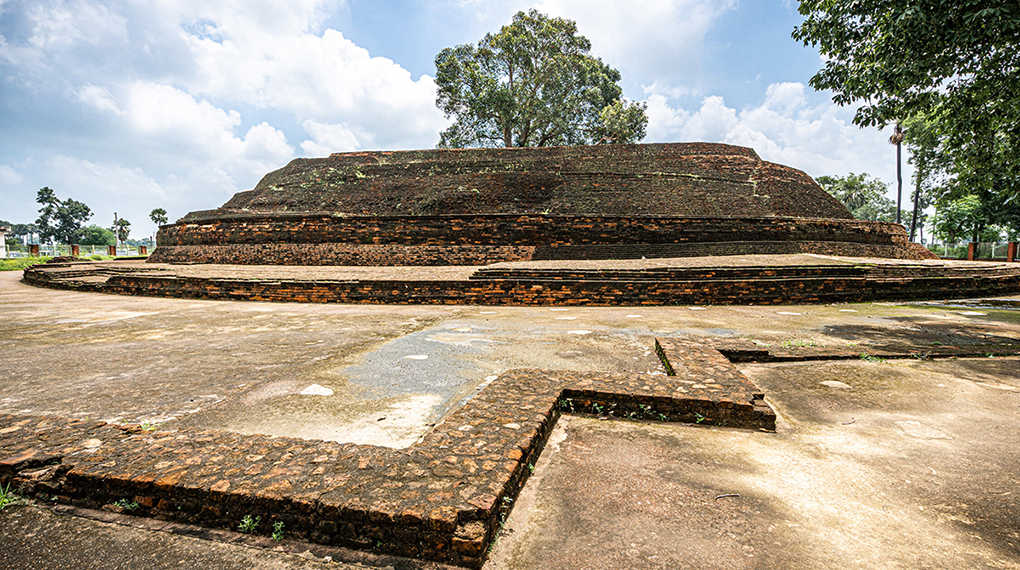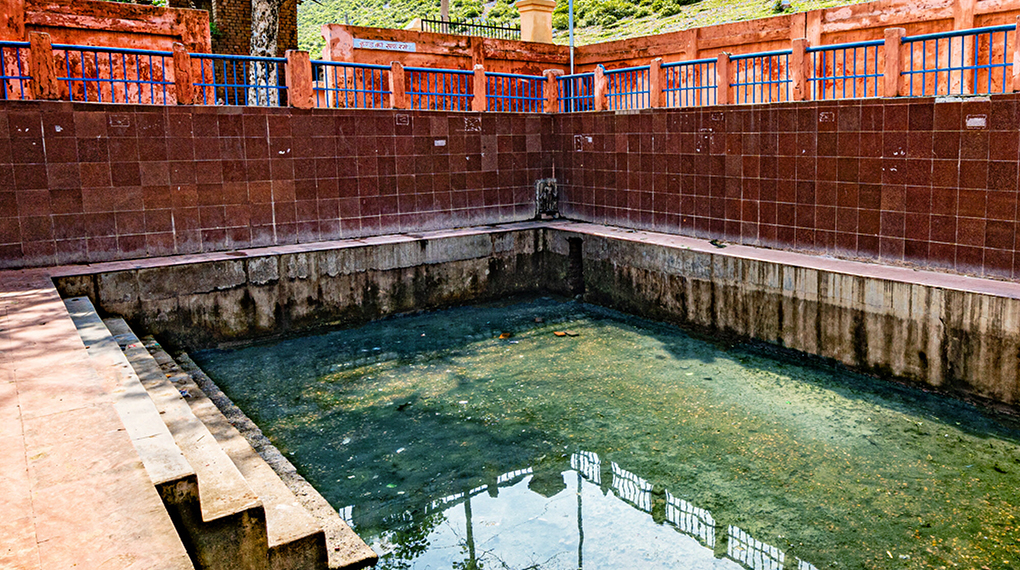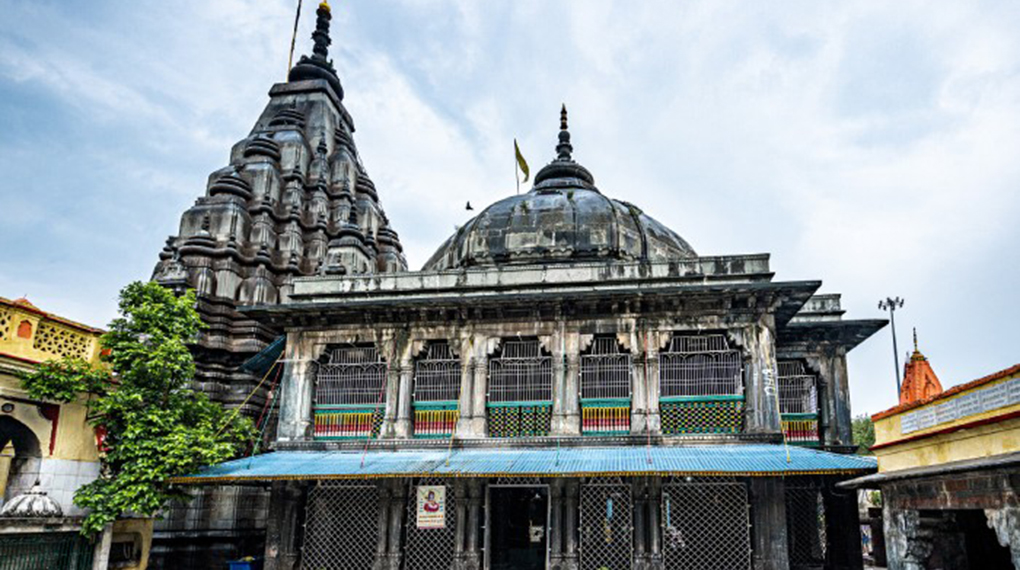
Vishnupad Temple
The temple was erected during 1787 by Queen Ahilyabai. A beautiful sacred place on the banks of Phalgu river surrounded by rugged rocks on three sides and water on the fourth side. The second largest city of Bihar is that ancient city which has been talked about in Ramayana (where Lord Rama went to Gaya to do pind-daan of his father Dashrath) and Mahabharata.

